The Right to Education: How Armed Conflict Displaces Children's Futures
In our feature article, "The Right to Education: How Armed Conflict Displaces Children's Futures," we delve into the impact of armed conflicts on children's education. Get ready to discover how this issue affects the future of millions of children around the world. Keep exploring to learn more about this crucial topic!
Introduction
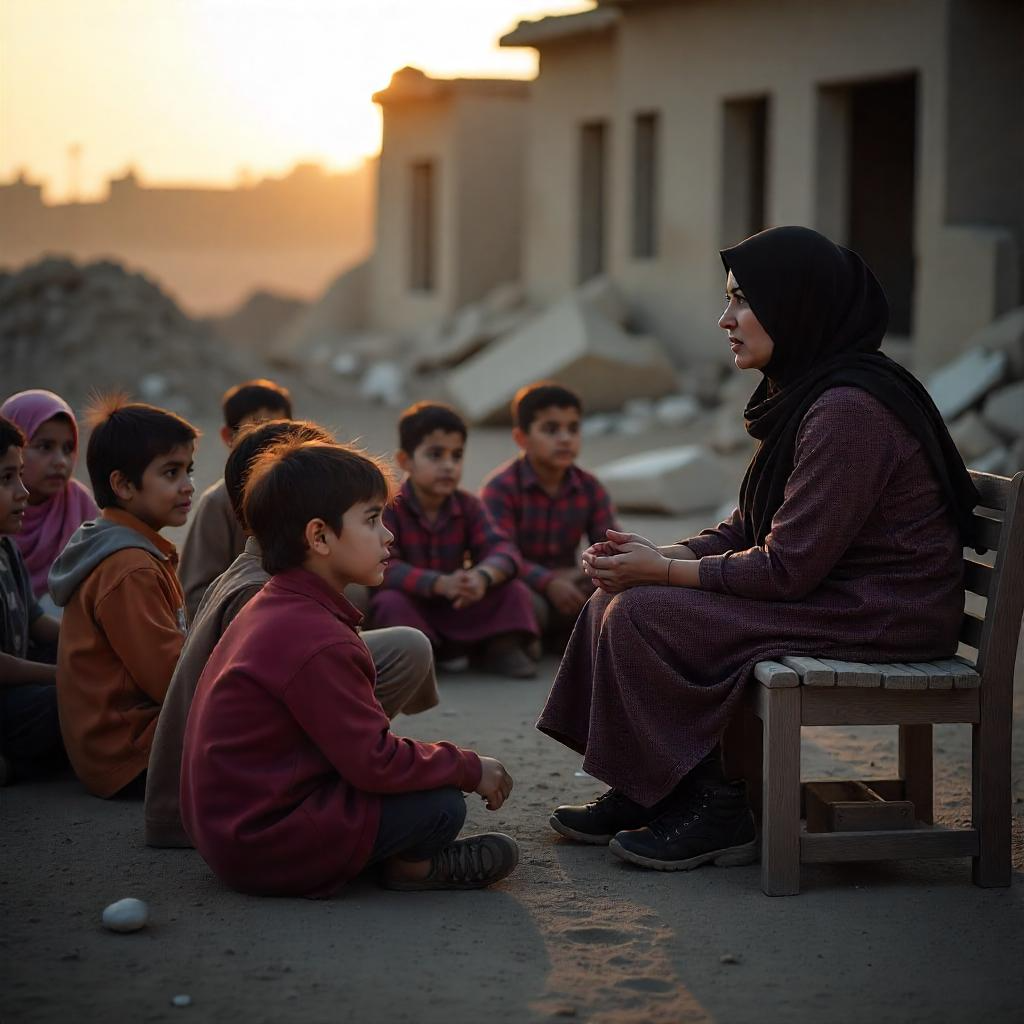
The Impact of Armed Conflicts on Children's Education
Armed conflicts have a devastating impact on children's education around the world. According to UNICEF, more than 27 million children are directly affected by armed conflict, resulting in the disruption of their education. In many cases, schools are destroyed or become targets of attacks, endangering the safety of students and teaching staff. Furthermore, the forced recruitment of child soldiers in armed conflict deprives many children of the opportunity to receive an education.
Lack of access to education due to armed conflict not only affects children's individual development but also has long-term consequences for society as a whole. Education is critical to breaking the cycle of poverty and underdevelopment, and when it is denied to a generation of children, the impact is felt for decades. The impact of armed conflict on children's education is profound and long-lasting, requiring urgent attention and concrete actions to mitigate its effects.
In conflict situations, the right to education takes on even greater importance. Education not only provides children with the knowledge and skills necessary to build a better future, but also acts as a safe and stable refuge amid the chaos and violence that surrounds them.
The right to education in conflict situations refers not only to access to classrooms, but also to a safe and conducive learning environment. Educational programs in conflict contexts must address children's emotional and psychological needs, providing support to overcome the trauma and stress caused by the violence they have witnessed or directly experienced.
Furthermore, education in conflict situations is crucial for fostering social cohesion, promoting tolerance and understanding, and laying the foundation for future reconciliation. Therefore, ensuring the right to education in the midst of armed conflict is essential for building more peaceful and sustainable societies in the long term.
Children displaced by armed conflict face additional challenges in accessing education. The lack of stability and the loss of social support networks make it even more difficult for these children to access educational opportunities. Many displaced children have not only lost their homes and belongings but have also been forced to leave their schools and communities, further disrupting their education.
Furthermore, displaced children often face linguistic, cultural, and administrative barriers in host countries, making it difficult for them to integrate into the local education system. The lack of documents and academic records can also make it difficult for these children to enroll in school, further exacerbating their situation. The situation of children displaced by armed conflict requires special attention to ensure they have access to adequate educational opportunities and can rebuild their lives in safe and stable environments.
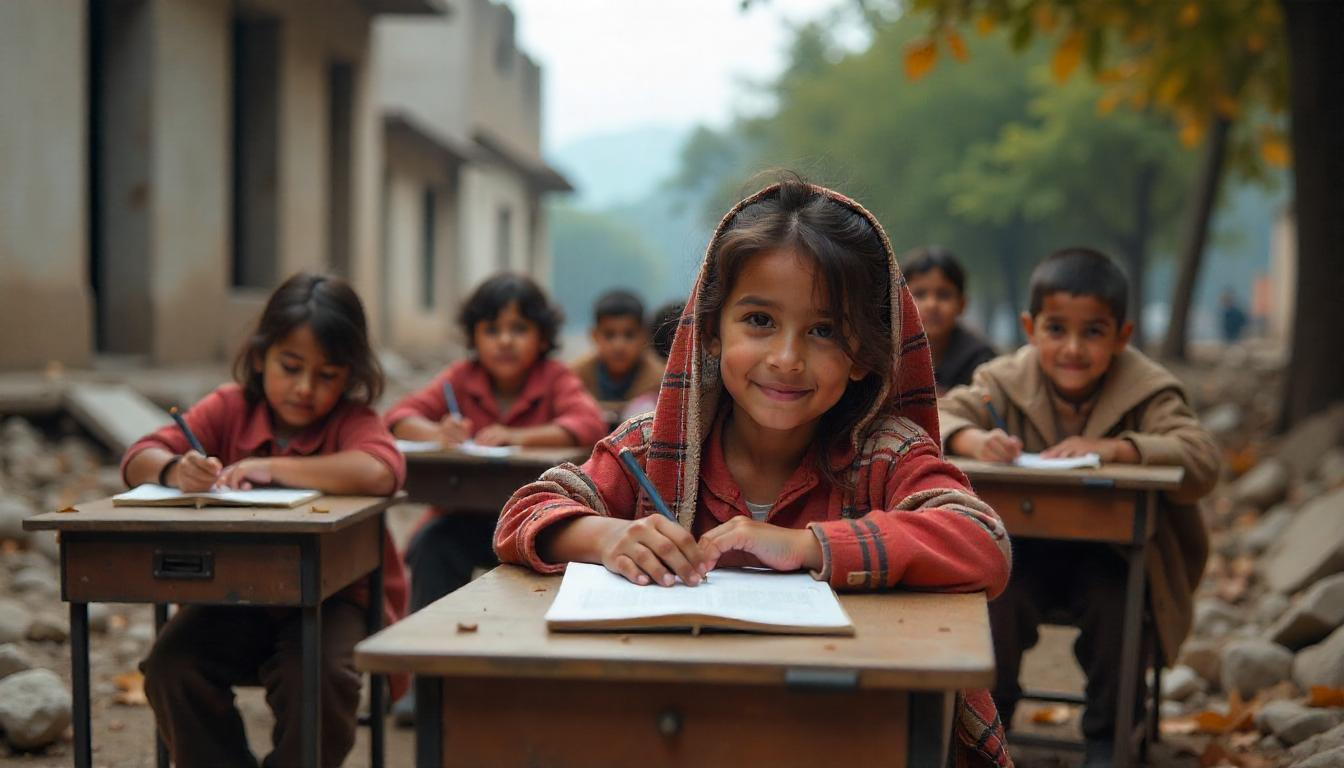
The Right to Education in Armed Conflict
Education is a fundamental right for all children, yet armed conflict has a devastating impact on access to education in many parts of the world. Armed conflict creates a number of challenges and barriers that directly affect children's ability to receive a quality education.
First, the disruption of daily life in conflict zones makes it difficult to access safe and adequately equipped schools. Many schools are damaged or destroyed during conflict, significantly limiting educational opportunities for affected children. Furthermore, widespread insecurity makes families afraid to send their children to school, leading to declining enrollment and higher dropout rates.
A lack of resources and trained personnel also impacts the quality of education in conflict contexts. A shortage of educational materials, a lack of qualified teachers, and a lack of psychosocial support programs contribute to a precarious educational environment that fails to meet the needs of children displaced by armed conflict.
In conflict zones, children face a number of challenges and barriers that hinder their access to education. Ongoing violence and widespread instability threaten the safety of children and their families, often resulting in school closures or the forced relocation of entire communities. This constant disruption to children's school life hampers their ability to keep up with their studies and negatively affects their emotional and mental well-being.
Furthermore, discrimination and exclusion are common in conflict settings, which can prevent certain groups of children, such as girls, children with disabilities, or those belonging to ethnic minorities, from equitably accessing education. The lack of safe and accessible school facilities also limits access to education for many children, especially those living in rural or remote settings.
A lack of resources and a shortage of trained teachers are also significant challenges impacting the quality of education in conflict zones. These factors contribute to a precarious educational environment that fails to meet the needs of children displaced by armed conflict, which in turn perpetuates a cycle of disadvantage and vulnerability.
Despite the challenges, education plays a crucial role in the protection and empowerment of children displaced by conflict. Education not only provides fundamental knowledge and skills but also offers a sense of normalcy, emotional stability, and protection for children affected by violence and instability.
Furthermore, education is essential for breaking the cycle of poverty and marginalization that often affects communities displaced by conflict. By providing displaced children with the opportunity to acquire a quality education, they are empowered to contribute to the sustainable development of their communities and to be agents of positive change in their environments.
Furthermore, education provides displaced children with the tools to understand and advocate for their rights, enabling them to become more resilient in the face of adversity and have greater control over their own futures.
In situations of armed conflict, children's right to education is severely affected, significantly impacting their future and development. According to UNESCO data, approximately 75 million children worldwide have difficulty accessing education due to emergencies and humanitarian crises, and much of this problem is related to armed conflict. These children face disruptions to their studies, the destruction of schools, a lack of educational resources, and a lack of trained teachers, depriving them of the opportunity to acquire essential knowledge and skills for their personal development and professional future.
Furthermore, the instability and danger that comes with living in zones of armed conflict create an environment that is not conducive to learning. Children are exposed to emotional trauma, stress, and constant fear, which hinders their concentration and ability to assimilate new knowledge. This situation of vulnerability particularly affects girls, who face a greater risk of discrimination, gender-based violence, and child marriage, further exacerbating the gap in access to education.
Lack of access to education due to armed conflict not only affects children's individual development but also has long-term consequences for society and the construction of a peaceful and sustainable future. Education plays a fundamental role in preventing violence, promoting social inclusion, and building resilient communities, so the violation of this right in situations of armed conflict represents a significant obstacle to achieving peace and sustainable development.
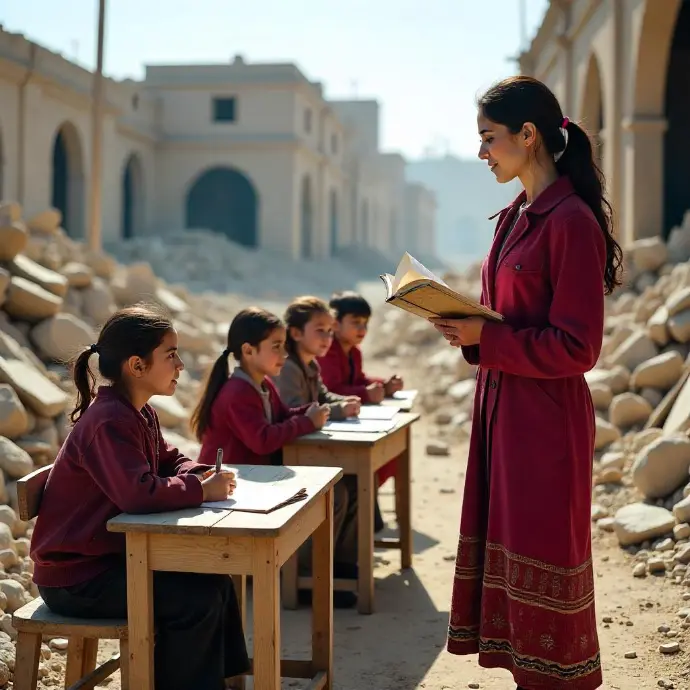
Displacement and Education of Children in Conflict Situations
The psychological impact of forced displacement on children's education is a crucial aspect to consider. Children displaced by armed conflict face a range of psychological challenges that can affect their ability to learn. The stress, anxiety, and trauma associated with forced displacement can impact children's ability to concentrate in the school environment, which in turn can hinder their academic performance. Understanding and addressing these psychological aspects is critical to ensuring that displaced children have access to quality education despite the adverse circumstances they face. In addition to the psychological impact, forced displacement can also lead to significant disruptions in children's education. The lack of stability and continuity in the educational environment, coupled with the loss of access to educational resources, can lead to learning gaps and difficulties in reintegrating into the school system. These disruptions to education can have long-term effects on the development and future of displaced children, underscoring the importance of implementing effective strategies to mitigate these impacts. It is critical to recognize that forced displacement due to armed conflict not only affects children's formal education but also impacts their emotional well-being and personal development. Therefore, addressing the psychological impact of displacement on children's education is essential to ensuring their overall well-being and their ability to reach their full potential despite the adverse circumstances they face.
Girls displaced by armed conflict face specific challenges in accessing education. In addition to the psychological impacts and disruptions to education that affect all displaced children, girls face additional risks such as child marriage, gender-based violence, and cultural discrimination that can hinder their access to and participation in education. These specific challenges highlight the need for differentiated approaches and targeted strategies to ensure that displaced girls have equitable opportunities to access quality education in conflict and displacement settings.
The lack of safety and security for girls in conflict settings can discourage them from attending school, resulting in higher dropout rates and lower participation in education. Programs and policies aimed at addressing these challenges must take into account the specific barriers faced by displaced girls and work to create safe and protective educational environments that foster their participation and holistic development.
Furthermore, it is essential to incorporate gender-sensitive approaches into the planning and implementation of educational programs for children displaced by conflict, recognizing the specific needs of girls and working to overcome the barriers that limit their access to education. By effectively addressing the specific challenges faced by displaced girls, their empowerment and development can be promoted, contributing to the construction of more just and inclusive societies.
Given the challenges posed by the forced displacement of children due to armed conflict, it is crucial to implement effective programs and strategies to guarantee their access to education. This may include the creation of temporary schools in shelter settings, the provision of educational materials and resources tailored to the needs of displaced children, and the training of teachers and education personnel in trauma-sensitive approaches and the specific needs of children in conflict situations.
Furthermore, collaboration with local and international organizations, governments, and humanitarian agencies is essential to coordinate efforts and resources aimed at ensuring access to education for displaced children. These collaborations can facilitate the implementation of psychosocial support programs, the creation of safe and protective educational environments, and the promotion of inclusive practices that address the specific needs of children displaced by conflict.
It is essential that these programs and strategies be designed holistically and adapted to specific contexts, recognizing the specificities of each conflict and displacement situation. By investing in the education of displaced children, you are not only promoting their individual development but also contributing to the building of resilient and sustainable societies, where the rights of all children, regardless of their situation, are protected and promoted.
Education plays a fundamental role in the recovery and reconstruction of communities affected by armed conflict. After periods of violence, education is essential for restoring stability, fostering reconciliation, and laying the foundations for a sustainable future. By providing access to education, children and young people are empowered, given the opportunity to develop skills, and social integration and community cohesion are promoted.
Furthermore, education in post-conflict contexts not only boosts individual development but also contributes to the overall progress of society. Through education, civic participation is fostered, resilience is promoted, and the foundations for lasting peace are laid. Investing in post-conflict education not only benefits the children and young people directly affected but also contributes to strengthening communities as a whole.
Therefore, it is crucial to prioritize education in the post-conflict recovery and reconstruction phase, as it represents a fundamental pillar to ensure a promising future for generations affected by violence and forced displacement.
International Response and Actions to Protect the Right to Education
International organizations play a critical role in protecting the right to education in situations of armed conflict. Through program implementation and policy advocacy at the global level, these organizations work to ensure that children affected by armed conflict have access to quality education.
UNESCO, UNICEF, Save the Children, and other organizations have collaborated to develop guidelines and protocols to protect the right to education in conflict zones. In addition, these organizations also conduct awareness-raising and advocacy work to promote the importance of education in child development, including in settings affected by armed conflict.
Through resource mobilization and cooperation with governments and local organizations, international organizations seek to ensure that educational programs are accessible and safe for children in zones of armed conflict.
International organizations implement various intervention programs to ensure the education of children affected by armed conflict. These programs include the construction of safe schools, the training of local teachers, the distribution of educational materials, and the implementation of curricula tailored to the specific needs of children in crisis situations.
In addition, initiatives are carried out to provide psychosocial support to children who have witnessed the violence and trauma associated with armed conflict. These actions seek to create safe and supportive educational environments that foster the emotional well-being and comprehensive development of affected children.
Intervention programs also focus on community and family training, with the aim of raising awareness about the importance of education and encouraging active participation in children's schooling, despite the adverse circumstances they face.
Despite the efforts made, the implementation of educational programs in conflict zones faces various challenges and obstacles. Insecurity, lack of infrastructure, scarcity of resources, and mistrust of educational institutions are some of the main obstacles that hinder access to education in environments affected by armed conflict.
Furthermore, the lack of trained personnel and high teacher turnover in these areas represent an additional challenge to ensuring the continuity and quality of education. Gender discrimination and the denial of access to education for certain ethnic groups are also significant obstacles that require attention and action by international organizations and local governments.
Overcoming these challenges requires a comprehensive approach that addresses both the immediate educational needs of children affected by armed conflict and the underlying causes of exclusion and lack of access to education in these communities.
Protecting the right to education in situations of armed conflict requires close collaboration between different actors at the international level. International cooperation is essential to ensure that children affected by armed conflict have access to education. Governments, non-governmental organizations, United Nations agencies, and other actors must join forces to ensure that appropriate educational programs are established in conflict-affected areas and that the necessary resources are allocated for their implementation.
Furthermore, humanitarian aid plays a crucial role in protecting the right to education in contexts of armed conflict. This aid can include the provision of school materials, teacher training, the construction of safe temporary classrooms, and the implementation of psychosocial support programs for affected children. Humanitarian aid can also contribute to the creation of safe learning environments, which is critical for children to access education in the midst of conflict situations.
International cooperation and humanitarian aid are essential elements in protecting the right to education of children affected by armed conflict. These joint actions make it possible to establish safe and effective educational programs and provide the necessary support so that children can continue learning despite the difficult circumstances in which they find themselves.
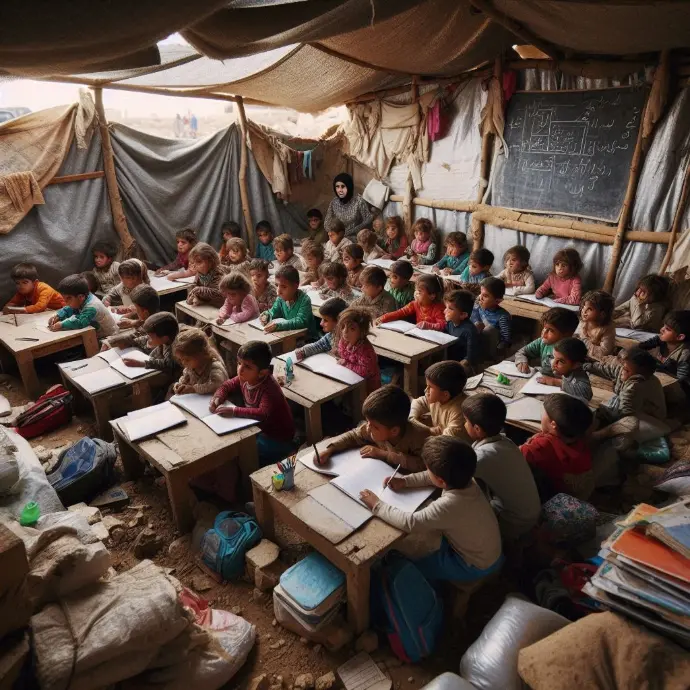
Conclusions
Education is a fundamental human right that is severely affected by armed conflict around the world. Lack of access to education has a long-term impact on affected children, undermining their future and the development of their communities. It is crucial to guarantee and protect the right to education for children displaced by armed conflict, as this provides stability, allows them to recover emotionally, and contributes to building a sustainable future. Education is not only essential for children's individual development but also plays a critical role in the reconstruction and stability of communities affected by armed conflict. It is imperative that the international community take urgent action to address this issue and ensure that all children, regardless of their situation, have access to quality education.
In armed conflicts, education is often considered less important than other rights and is often overlooked. However, education in these situations is vital for all children, providing them with much more than the right to learn. It is of great importance for their physical and psychological well-being. Similarly, education provides social protection for children.
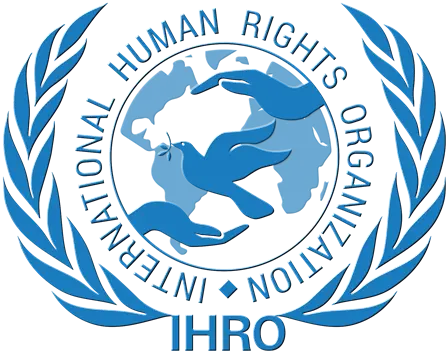

 IHRO NEWS
IHRO NEWS